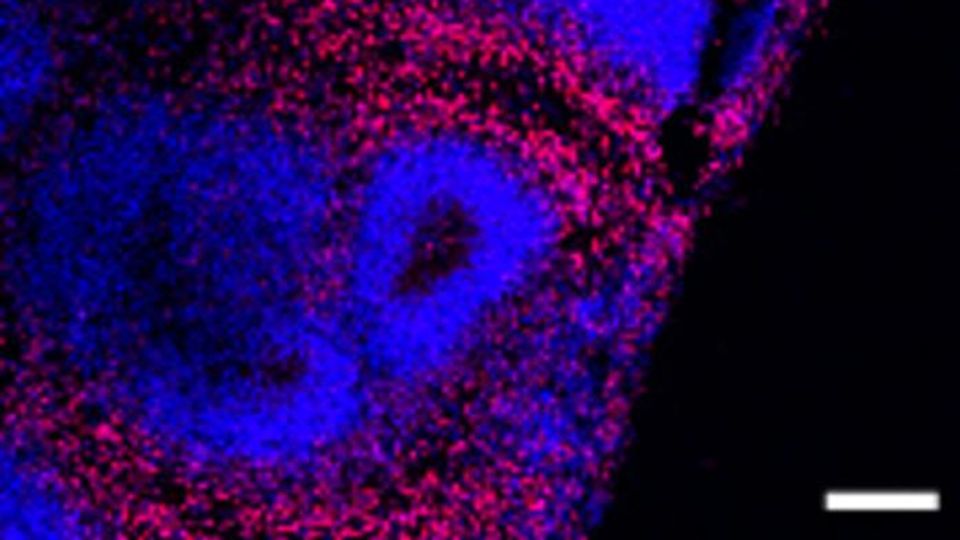Brain Organoids Reveal Early Changes in Familial Alzheimer’s
Brain organoids from fAD patients reveal early Alzheimer’s changes and identify thymosin β4 as a potential target.

Complete the form below to unlock access to ALL audio articles.
A new study using stem cell-derived brain organoids has revealed early pathological changes in familial Alzheimer’s disease (fAD) and identified a protein that may help counteract some of these alterations. The findings, published in Stem Cell Reports, highlight the potential of brain organoid models to investigate neurodegenerative diseases that begin before symptoms appear.
Familial Alzheimer’s disease (fAD)
fAD refers to inherited forms of Alzheimer’s disease caused by mutations in specific genes.
Alzheimer’s disease (AD) is the most common neurodegenerative condition affecting older adults, with up to 1 in 20 individuals aged 65 or older diagnosed with the disorder. While environmental and lifestyle factors influence risk, some individuals carry inherited mutations that cause fAD. These rare genetic forms of AD typically present earlier in life and are linked to a higher probability of disease development.
Researchers from ShanghaiTech University, including Zhen-Ge Luo, used brain organoids derived from individuals with fAD to examine disease-related changes that occur during early brain development. The organoids, which are lab-grown models of human brain tissue, displayed several features associated with AD: elevated amyloid protein accumulation, a reduction in mature neurons, increased cell death and gene expression differences relative to healthy controls.
Role of thymosin β4 in brain pathology
Among the differentially expressed genes, the researchers identified TMSB4X, which encodes thymosin β4 (Tβ4), a protein with anti-inflammatory properties. TMSB4X expression was reduced in both the fAD organoids and in neurons from post-mortem samples of individuals with AD, suggesting a possible link between lower Tβ4 levels and disease pathology.
Thymosin β4 (Tβ4)
Tβ4 is a small protein involved in tissue repair and inflammation control.
To test this further, the team treated fAD-derived organoids with Tβ4. The treatment decreased amyloid protein levels, promoted neuronal maturation and corrected gene expression changes. Similar effects were observed in mouse models carrying fAD mutations. In these animals, Tβ4 treatment led to reduced amyloid accumulation, restored gene expression, lowered inflammation and decreased neuronal hyperactivity, a common feature in AD.
Implications for future research
These findings underscore the utility of organoid models in studying early-stage disease mechanisms. While the results are promising, further investigation is needed to determine whether Tβ4 is safe and effective in people with fAD or late-onset AD, and whether it could delay disease onset in those who carry predisposing mutations.
Reference: Zeng PM, Sun XY, Li Y, et al. Thymosin beta 4 as an Alzheimer disease intervention target identified using human brain organoids. Stem Cell Rep. doi: 10.1016/j.stemcr.2025.102601
This article has been republished from the following materials. Note: material may have been edited for length and content. For further information, please contact the cited source. Our press release publishing policy can be accessed here.
This content includes text that has been generated with the assistance of AI. Technology Networks' AI policy can be found here.

